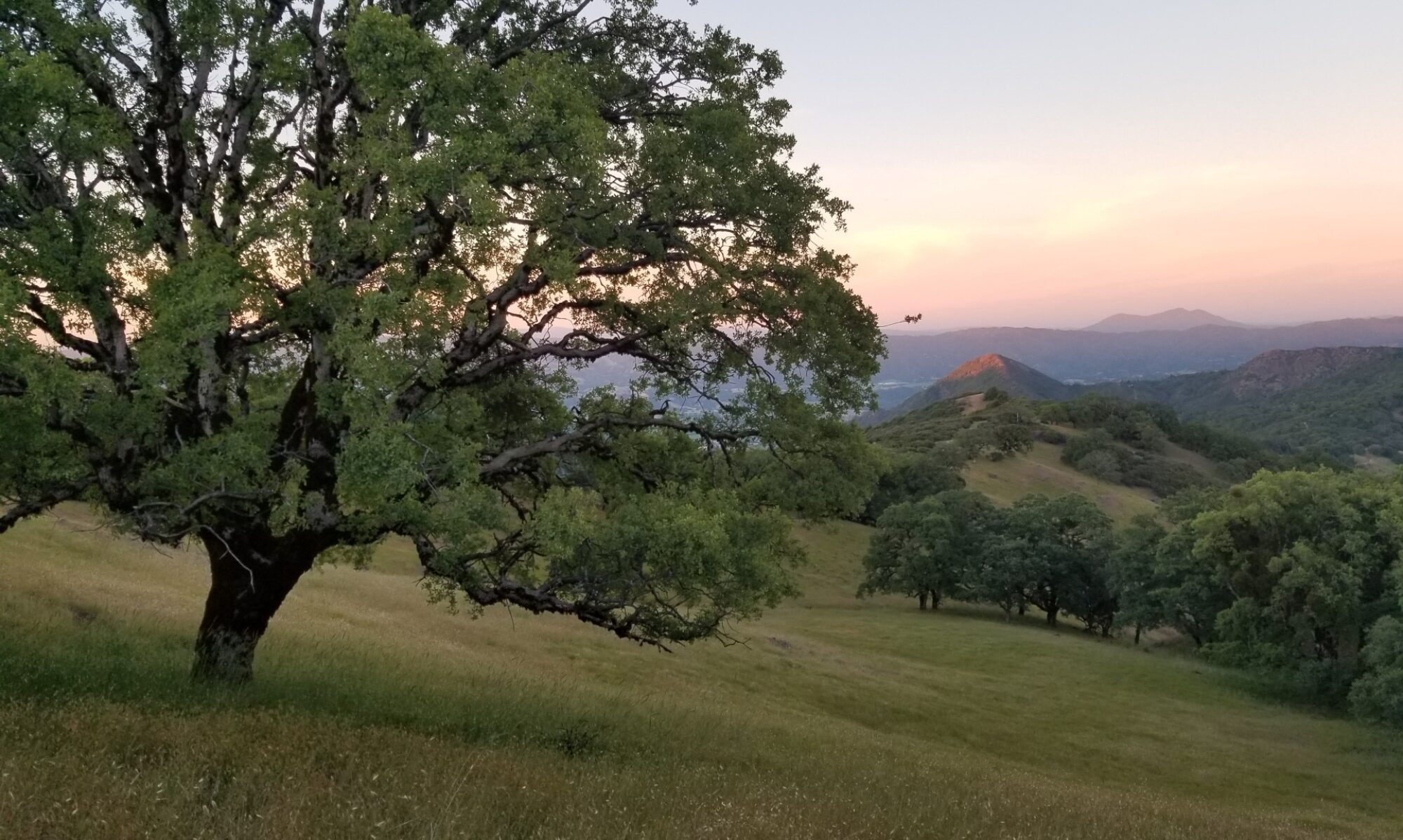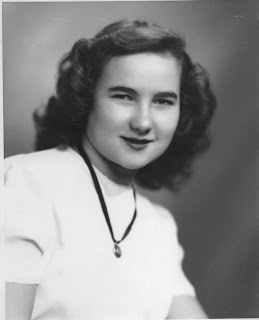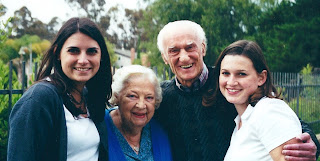This article ran in my local paper yesterday. The genealogy bug in me was fascinated by the story. If you get a change to visit the paper’s website, there are photos of both sets of 5 generations.
Marin Independent Journal
San Rafael, California
Sunday, May 8, 2011
Page A1, column 2
Terra Linda matriarch has five living generations in her family — again
Loretta Castillo still has the photograph that ran in Ohio’s Toledo Blade newspaper 71 years ago, showing her at age 19 with her infant daughter and her mother, grandmother and great-grandmother.
Nearly three years ago, Castillo’s great-granddaughter, Melissa McSweeney, gave birth to a baby girl — giving the 90-year-old Terra Linda resident the opportunity to boast for a second time that she’s part of a family with five living generations of women. The case is so rare that one geneticist estimated there may be at most two or three other examples in the United States.
“At first you don’t think anything about it,” said Darlene Belluomini, the daughter who appeared with Castillo in the Toledo photograph in 1940. “It’s kind of crazy.”
Now 71, Belluomini lives with her husband in Novato and has hung a placard outside her home with the slogan, “Family is Everything.”
She talks to Castillo on the phone every night and takes care of her 2-year-old great-granddaughter, Abby McSweeney, on Fridays while the toddler’s mother works. Several times a week, Belluomini’s 50-year-old daughter, Susan Belluomini — who lives in Petaluma with her 25-year-old daughter, Melissa, and granddaughter Abby — has lunch at her mom’s house while on break from her preschool job in Novato.
Castillo moved to California from Ohio in 1948 with her two children after a divorce; she had married at age 18. She went on to marry Fred Castillo, who has been her husband for 62 years, and have two more children.
Her daughter, Darlene, married young too, at age 19, and gave birth to Susan 10 months later, making Castillo a grandmother at 39. At the time, Castillo had a 1-year-old daughter and would take care of both children together.
Susan married at 20, and at age 25 gave birth to Melissa, who at age 23 gave birth to Abby.
“I have 12 grandchildren, nine great- and one great-great,” said Castillo, who worked as a waitress at the House of Prime Rib in San Francisco for 35 years. “In my family room, I got pictures galore. I can’t even use the fireplace.”
On Mother’s Day, about 30 family members will gather to visit and eat together at Susan’s house in Petaluma. The family is close and always gets together for holidays, Castillo said.
There is roughly a 1 in 10,000 probability of a family having five living generations in the United States, with most likely about a couple hundred examples nationwide, said Shripad Tuljapurkar, a Stanford University professor of population studies and biology.
But the probability that the phenomenon would occur twice in the same family is extraordinarily low, approximately 1 in 100 million, Tuljapurkar guessed, noting that he’s never heard of another such case.
“That’s really striking,” Tuljapurkar said. “I would be astounded to find even one (case) with this happening twice. This deserves to be known by more demographers.”
Kenneth Wachter, a professor of demographics and statistics at the University of California at Berkeley, also called the case “rare and extraordinary.”
“Back in that generation, people dying at 70 was relatively common,” Wachter said. “To get five generations back then (in 1940) seems very rare. … That’s strong enough to suggest that there could be favorable alleles of genes in that family.”
While many mothers give birth to their first child at roughly the same age as their mothers, a large number of women also rebel and take the opposite route, Wachter said.
“There’s a general tendency for these things, by which I mean early initiation of childbearing … to run in families, but it’s not as strong as you might think because of the rebels,” Wachter said. “To have that general tendency (for early childbearing) expressed so clearly in one family is rare.”
In the United States, the average age of first birth is about 25 for women, said Stewart Tolnay, a sociology professor at the University of Washington’s Seattle campus. To have even one instance of five living generations in a family, four generations of women needed to be fertile, have children young and survive to child-bearing age — and in the great- and great-great-grandmothers’ cases, live to advanced ages, he said. “Lots of stars need to line up for this to happen.”
The Castillo-Belluomini-McSweeney women agree that they’re fortunate.
“We’re lucky,” Melissa McSweeney said. “Most of my friends don’t even have their grandparents.”
“When I tell people I have grandparents still at my age, they’re in awe,” Susan Belluomini added. “We’re very lucky to have each other. … Life is tough. We’ve all had our little stepping stones. We always know that through the good times and all the bad, we’re all going to be there for each other.”
Castillo said she still remembers the day she posed for the newspaper photograph with her relatives in 1940. Her great-grandmother, a “full-blooded French” woman, was 88 that day and lived to be 92.
“I remember the words she said to me after we took the picture — she said, ‘Good luck with your bebe,” Castillo recalled, adding that’s she’s happy a picture of the new five generations will appear in the newspaper.
“I know my mother in heaven is going to be very pleased,” she said.



